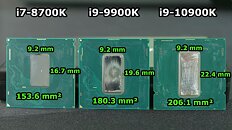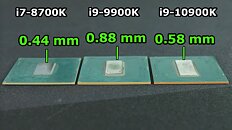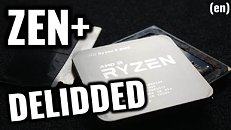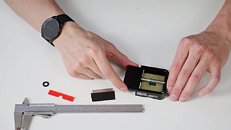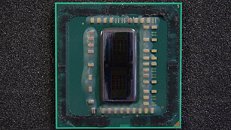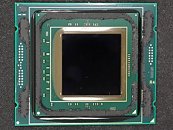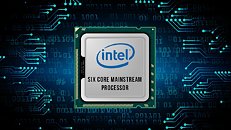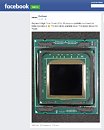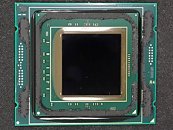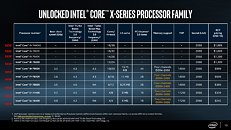Thermal Grizzly Offers Delidded CPUs with Warranty
Thermal Grizzly introduces the TG Delidded CPU series with delidded processors and assumes the manufacturer's warranty. As a provider of delidding tools and products for delidded processors, Thermal Grizzly is a well-known name among hardware enthusiasts and overclockers. With the TG Delidded CPU, even beginners now have a gateway into the world of maximum cooling performance.
With the TG Delidded CPU, Thermal Grizzly offers PC enthusiasts and gamers the ability to use direct-die cooling solutions—without the risk of delidding the CPU themselves. Delidding, or removing the heat spreader, allows coolers to be mounted directly where heat is generated: on the chips/chiplets of the CPU. However, since CPU dies are highly susceptible to damage, direct-die cooling solutions such as the Mycro Direct-Die water coolers or High Performance Heatspreaders should be used.
With the TG Delidded CPU, Thermal Grizzly offers PC enthusiasts and gamers the ability to use direct-die cooling solutions—without the risk of delidding the CPU themselves. Delidding, or removing the heat spreader, allows coolers to be mounted directly where heat is generated: on the chips/chiplets of the CPU. However, since CPU dies are highly susceptible to damage, direct-die cooling solutions such as the Mycro Direct-Die water coolers or High Performance Heatspreaders should be used.


























